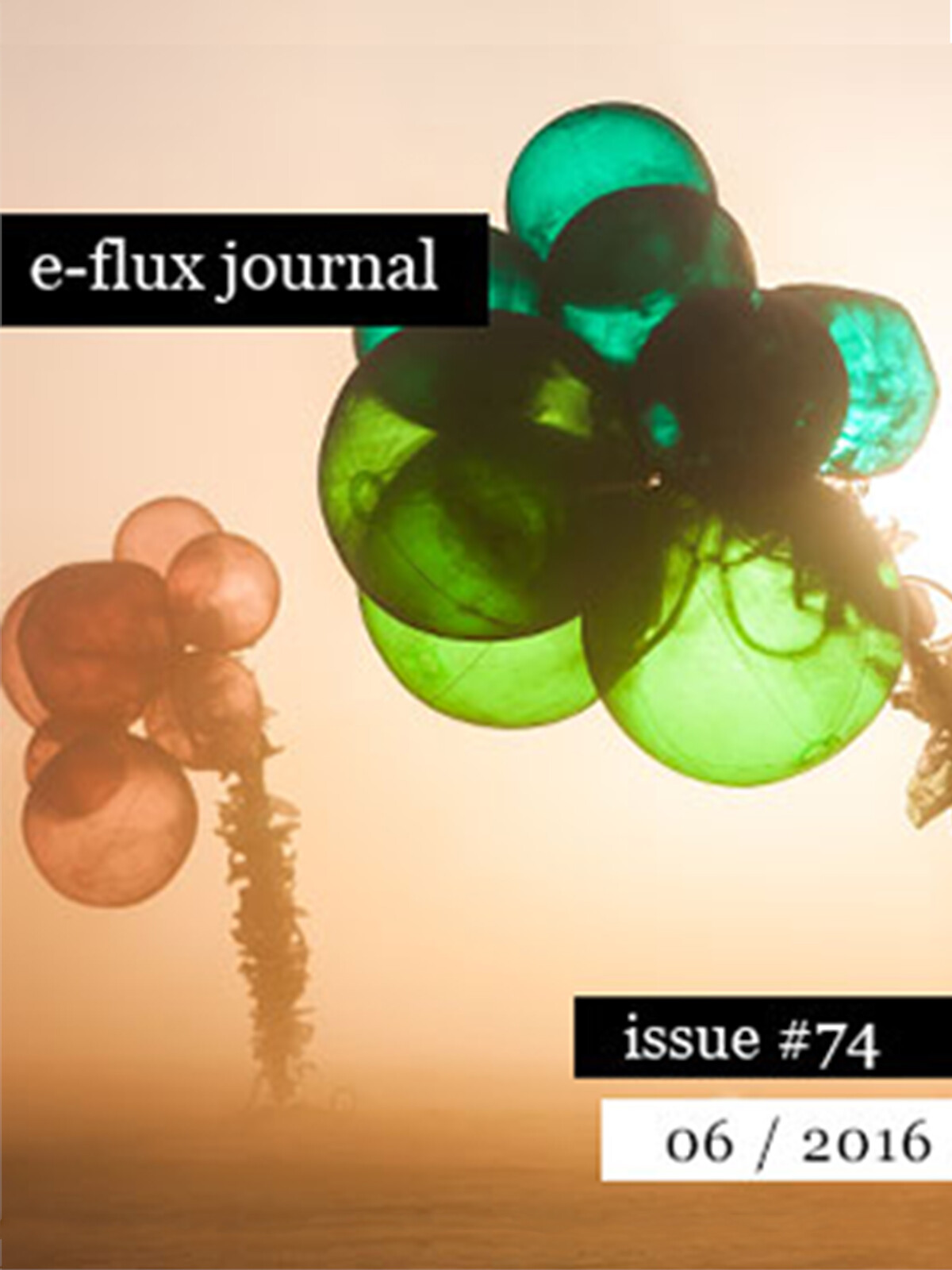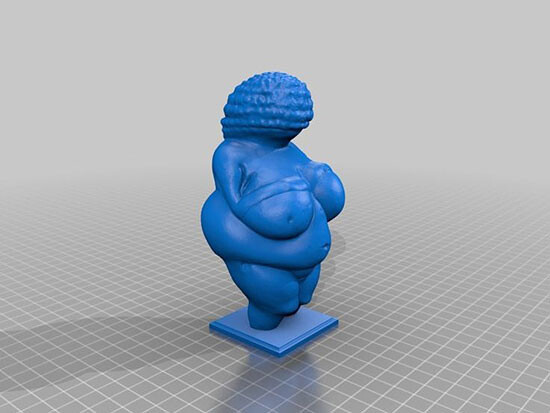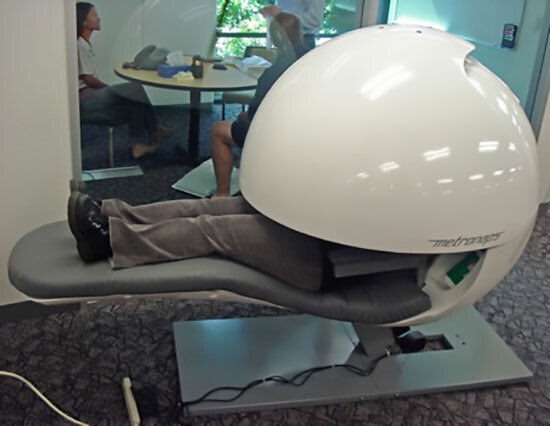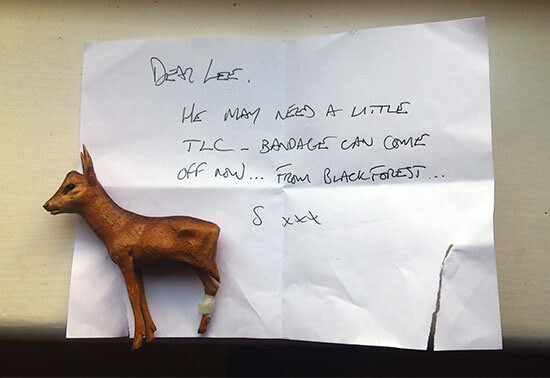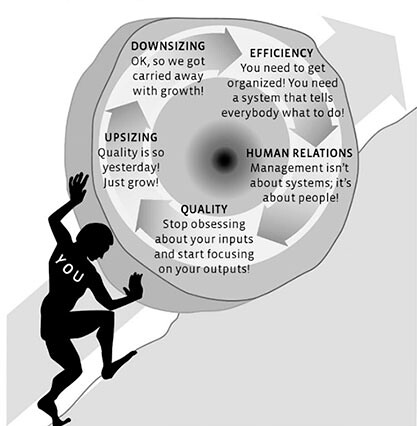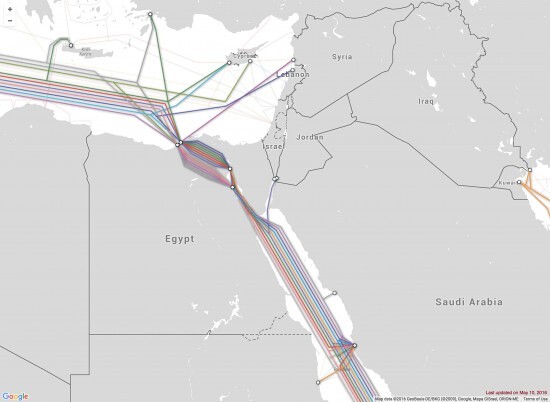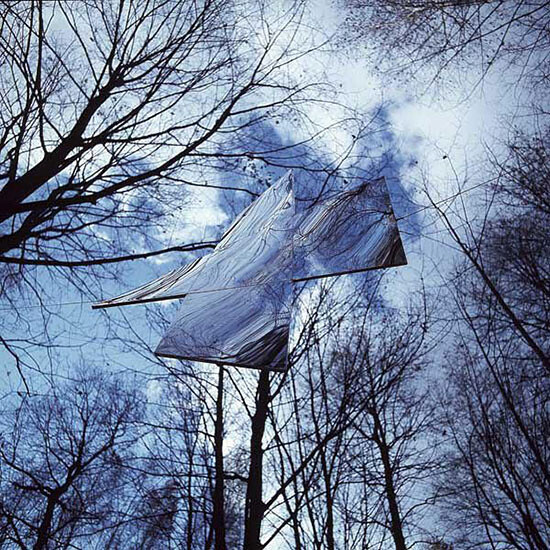What if, in the tech world, there is no next big thing? First we had fire, then came the wheel, and the PC, then the internet and then Google and then the iPhone and then … that’s it. There’s nothing more left to come. We’re waiiiiiiting —but no, we’ve received all there’s going to be and tech’s broad strokes have all happened. Does this sound scary, or kind of sad? We can laugh at such a proposition because we know it’s not going to happen. We might dream of a year when people would just…
Issue #74
“Art Ontologies of Silicon Valley”
June 2016
With:
Douglas Coupland, Ingrid Burrington, Andrew Norman Wilson, Mike Pepi, Lee Mackinnon, Elvia Wilk, Alexander R. Galloway, Zach Blas, Marina Simakova
Tech is never simply technology. It never appears in the abstract, any more than the characters “H2O” appear anywhere on water. Tech is always specific. How old should someone be when they first have sex? How old before they get their first cell phone? This sequence unsettles us because it is hard to think about either inevitability. Sex and technology are instruments of desire, the objects and system of adult unfreedom. Children at play are so analog. Young is life before text. We clutched…
View List
View Grid
10 Essays
June 2016
There are two plaques at 844 E. Charleston Road in Palo Alto—one from the Institute of Electrical and Electronics Engineers (IEEE) and one from the state of California—commemorating it as the place where Fairchild Semiconductor revolutionized computer manufacturing in 1959. While the IEEE plaque emphasizes the ingenious planar process developed by Fairchild’s Jean Hoerni and Robert Noyce, the state of California’s plaque documents this site as the birthplace of the first “commercially…
For $11 an hour I stocked nonfiction and worked the register at Black Oak Books in Berkeley, a used bookstore otherwise staffed by aging, garrulous intellectuals without institutional affiliation. For $12 an hour I assisted Sam Green, a filmmaker whose first documentary, The Weather Underground , chronicled the radical group from the 1960s responsible for bombing the US Capitol, the Pentagon, and the United States Department of State. The Weathermen always phoned their targets beforehand,…
A cold pail of water passes through a line of workers, sloshing from hand to hand. Another follows behind it. And another. To coordinate this bucket brigade, the line of busy hands moves according to a fixed rhythm, each movement synchronized like a metronome. The analogy illustrates the primary principle of synchronous processing: no matter the speed of a single movement, the pace of the chain may not exceed the time it takes the slowest transfer to complete. This familiar scene is the…
Generally, I do not write autobiography, especially on the subject of love, but in this case I will make a small exception. One Sunday, early last year, my boyfriend called from his mobile telephone. He had recently returned from Berlin and we were chatting quite generally when suddenly the conversation became strained and he announced that our relationship was over. Two days later, a packet was delivered to my house from Berlin. Inside was a small hand-carved deer from the Black Forest that…
“Spade with two handles”—
To fit the task at hand:
There can be no “private” industry. 1
Joseph Beuys told his students: “You cannot wait for an ideal situation. You cannot wait for a tool without blood on it.” This was not to say a compromised tool can be made to serve all interests, but that a compromised tool can be weaponized to dismantle any interests. For art to integrate with society does not mean that art should serve the interests of society. Neither does it mean…
One might query any contemporary artist and, as a kind of litmus test, ask the following series of questions: Do you think of yourself as primarily working “on” the digital or primarily “within” it? Is the computer incidental to your work, a tool like any other? Or is the computer at the heart of what you do? Shall art orient itself toward the digital? Or shall art merely live inside the digital, while concerning itself with other topics entirely?
Digital aesthetics can refer to the…
1. Killing the Internet
On January 28, 2011, only a few days after protests had broken out in Egypt demanding the overthrow of then president Hosni Mubarak, the Egyptian government terminated national access to the internet. This state-sponsored shutdown became known as flipping the internet’s “kill switch.” The intention behind killing the internet in Egypt was to block protestors from coordinating with one another, and prevent the dissemination of any media about the uprising,…
We have recently seen a growing interest in Russian cosmism as a subject of theoretical polemics and a conceptual frame for several major art projects. Cosmism’s broad presence in the international intellectual arena was long impossible for several reasons. Despite the ambitiousness of his ideas (foremost among them, the persistent desire to challenge death itself), Nikolai Fedorov, Russian cosmism’s central philosopher, was a private person who attempted to live his life in keeping with the…
